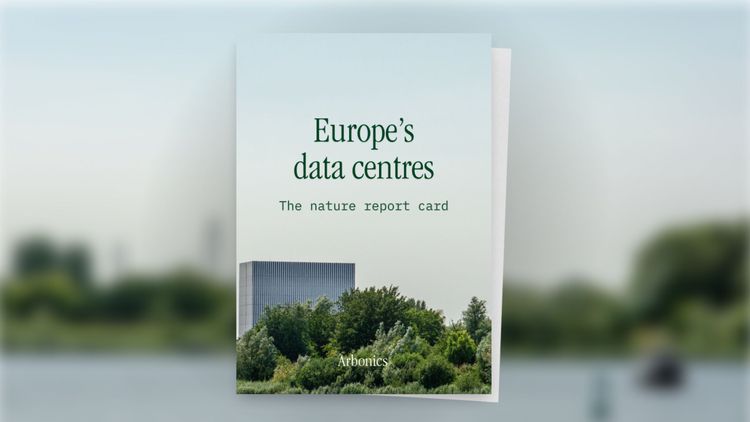Additionality in carbon projects: what, why, and how
There’s no doubt that when you start delving into the world of carbon credits and projects you will come across the word “additionality”. It’s because, alongside permanence, it’s an important concept by which the quality of carbon projects and the resulting carbon credits are measured. You can read more on the quality of carbon credits in this article. Below is a helpful guide that explains what additionality is, how it is measured and how the concept might evolve in the future.
What is additionality?
Many people are familiar with the concept of additionality when it comes to financial support from the government. Let’s say the government is giving out funds to improve the insulation of your home to make it more energy efficient. It could be that in order to qualify, there has to be some level of confidence that the renovation would not have happened without the support of these funds. These funds effectively help to ensure that the renovation activity is additional to what would’ve happened in their absence; with them, there’s now at least one additional home in the world that’s properly insulated.
The idea is similar when it comes to carbon projects. A carbon project is additional if the activity would not have been carried out without the financial support provided by carbon credits. In other words, the project should not be a business-as-usual scenario and should represent an additional effort to reduce carbon emissions.
Why is additionality so important?
Additionality is essential because it ensures the integrity and effectiveness of carbon credits as a tool for reducing carbon emissions. Carbon credits are designed to incentivise and encourage the removal and reduction of greenhouse gases (GHGs). If we were to pay for activities that would have taken place anyway, it would undermine the integrity of carbon credits, and they would not deliver the promised benefit of GHG reduction or avoidance.
For example, let's say a company purchases carbon credits for removing GHGs to offset their emissions. If the credits they purchase were not truly additional, then they did not remove the same amount of GHGs emitted. This would mean that instead of balancing the emissions they emitted by removals, no removal took place (or it would’ve happened anyway), leading to a net increase in GHGs in the atmosphere.
In other words, credit buyers need to be sure that what they paying for is delivering the benefit they were promised. They wouldn’t want to pay for something that would’ve happened anyway.
How to measure additionality?
If we lived in a world where we could accurately predict the future and know exactly what would’ve happened if we made a different decision in the past, measuring additionality would be easy. Unfortunately, we don’t; but there are a few frameworks that different verifiers and standards (like Verra) have put in place to measure and prove additionality.
A key part of this is establishing a baseline, or business-usual, scenario that tries to imagine the activity of the project without carbon project finance and comparing that to the scenario where the carbon project is in place.
Using question-based additionality tests
One way additionality can be tested is by asking various questions to understand what would’ve happened without the voluntary carbon market and the project. Start with asking the question “Would this activity happen if the voluntary carbon market (VCM) did not exist”? More specifically if it’s an afforestation project it can be asked “Would afforestation occur on this area of land if the VCM did not exist”? If the answer is yes, then the afforestation activity is not additional. If the answer is no, then the project is additional. But the answer can also be maybe, that’s when it gets interesting, and a few more tests (questions) can be applied:
| Type of test | Questions being asked (afforestation as an example) |
|---|---|
| Regulatory surplus test | Is tree planting required by any legislation? |
| Financial test | Is the activity financially attractive without VCM incentives? Are there any other financial incentives for afforestation? |
| Common practise test | Is afforestation already common without VCM incentives? |
| Barrier test | Is afforestation on this area of land only economically viable or feasible with VCM incentives, and are there no other barriers preventing it from occurring without these incentives? |
If any of these questions can be answered by yes, then there’s a chance the activity isn’t additional.
Using these questions as tests might leave an impression that additionally is a binary measure but that’s not always the case. There are many factors that can influence additionality (as seen in the table above), which means if any of these change the degree of additionality can also change. This is why rating agencies like Sylvera measure additionality on a spectrum of ‘very unlikely’ to ‘very likely’.
Comparing baselines and continuous assessment of additionality
In recent years, dynamic baseline measurement has emerged as a newer alternative to question-based additionality tests. In the past, many carbon projects have calculated and used a static baseline - a fixed emissions level (usually established at the start of the project) against which the project's emissions reductions are measured. However, there is growing recognition that this approach may not accurately reflect the actual emissions reductions achieved by a project. As a result, we can expect to see more carbon projects using dynamic baselines, which take into account changes in emissions over time and revisit the established baseline throughout the project. These continuously updated dynamic baselines will enable projects to more accurately measure their emissions reductions and provide more reliable data on their impact.
At Arbonics, we are choosing this approach as we believe it provides the most accurate information about what is otherwise likely to be happening - for example, we measure the levels of afforestation on non-carbon-project land similar to the plots included in our project.
The future of additionality
The ways of measuring additionality are constantly evolving and it’s hard to predict the future but here are three key trends worth keeping an eye on:
Continued scrutiny
As the global community ramps up its emission reduction and removal efforts, it's becoming increasingly important to ensure that carbon projects are actually delivering real, additional emissions reductions. This means that additionality assessments will continue to be a critical component of carbon offsetting, and we can expect to see a greater focus on ensuring that additionality is accurately assessed and verified.
More dynamic baselines
Thanks to the increased scrutiny, verifiers and carbon project developers are looking into new and better ways to measure additionality. This means we will likely see more use of dynamic baselines and ways to track these with the help of technology.
Increased focus on the use of technology
Advances in data analytics, machine learning, and remote sensing technology are making it easier to track emissions and assess the impact of carbon projects. This will enable more accurate assessments of additionality as well.
- What is additionality?
- Why is additionality so important?
- How to measure additionality?
- Using question-based additionality tests
- Comparing baselines and continuous assessment of additionality
- The future of additionality
- Continued scrutiny
- More dynamic baselines
- Increased focus on the use of technology


